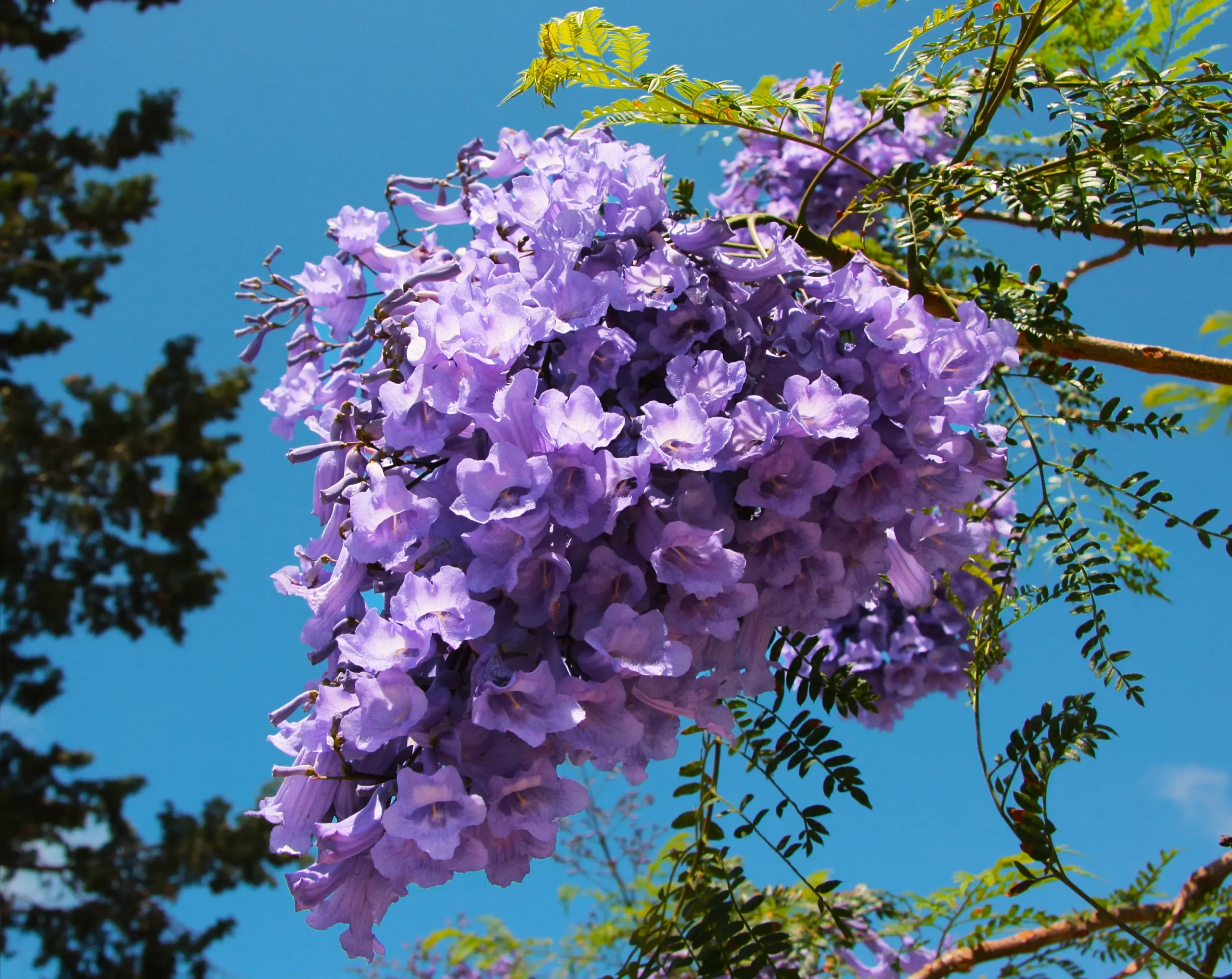![]() 29 Feb 2024
29 Feb 2024
Recently scientists in Mexico have observed that Jacarandas began blooming in early January when they generally awaken in spring.

What Are Indicator Species?
|
|---|
| Must Read | |
| NCERT Notes For UPSC | UPSC Daily Current Affairs |
| UPSC Blogs | UPSC Daily Editorials |
| Daily Current Affairs Quiz | Daily Main Answer Writing |
| UPSC Mains Previous Year Papers | UPSC Test Series 2024 |
<div class="new-fform">
</div>